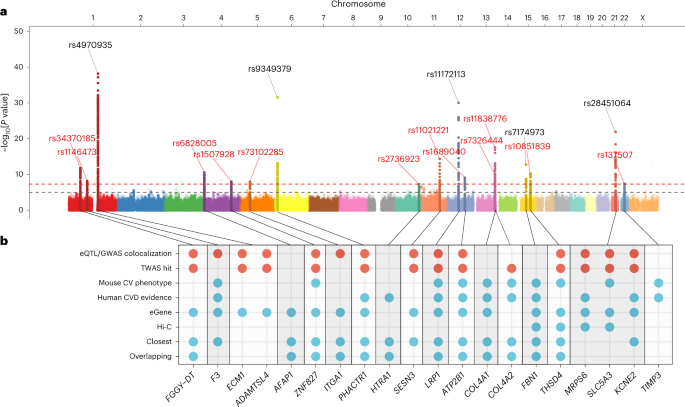2023-05-31 ニューサウスウェールズ大学(UNSW)
◆この研究は国際的な協力のもとで行われ、ワイドバンドギャップ材料を使用して電子システムを作り、組織の模倣や脳信号の監視などの応用も検討されています。
<関連情報>
- https://newsroom.unsw.edu.au/news/science-tech/new-3d-stretchable-electronics-can-advance-organ-chip-technology
- https://onlinelibrary.wiley.com/doi/10.1002/adfm.202211781
バイオメディカル用途のワイドバンドギャップ半導体の伸縮可能な3Dマイクロアーキテクチャの工学的ルートを確立 Engineering Route for Stretchable, 3D Microarchitectures of Wide Bandgap Semiconductors for Biomedical Applications
Thanh-An Truong, Tuan Khoa Nguyen, Xinghao Huang, Aditya Ashok, Sharda Yadav, Yoonseok Park, Mai Thanh Thai, Nhat-Khuong Nguyen, Hedieh Fallahi, Shuhua Peng, Sima Dimitrijev, Yi-Chin Toh, Yusuke Yamauchi, Chun Hui Wang, Nigel Hamilton Lovell, John A. Rogers, Thanh Nho Do, Nam-Trung Nguyen, Hangbo Zhao, Hoang-Phuong Phan
Advanced Functional Materials Published: 05 May 2023
DOI:https://doi.org/10.1002/adfm.202211781

Abstract
Wide bandgap (WBG) semiconductors have attracted significant research interest for the development of a broad range of flexible electronic applications, including wearable sensors, soft logical circuits, and long-term implanted neuromodulators. Conventionally, these materials are grown on standard silicon substrates, and then transferred onto soft polymers using mechanical stamping processes. This technique can retain the excellent electrical properties of wide bandgap materials after transfer and enables flexibility; however, most devices are constrained by 2D configurations that exhibit limited mechanical stretchability and morphologies compared with 3D biological systems. Herein, a stamping-free micromachining process is presented to realize, for the first time, 3D flexible and stretchable wide bandgap electronics. The approach applies photolithography on both sides of free-standing nanomembranes, which enables the formation of flexible architectures directly on standard silicon wafers to tailor the optical transparency and mechanical properties of the material. Subsequent detachment of the flexible devices from the support substrate and controlled mechanical buckling transforms the 2D precursors of wide band gap semiconductors into complex 3D mesoscale structures. The ability to fabricate wide band gap materials with 3D architectures that offer device-level stretchability combined with their multi-modal sensing capability will greatly facilitate the establishment of advanced 3D bio-electronics interfaces.


